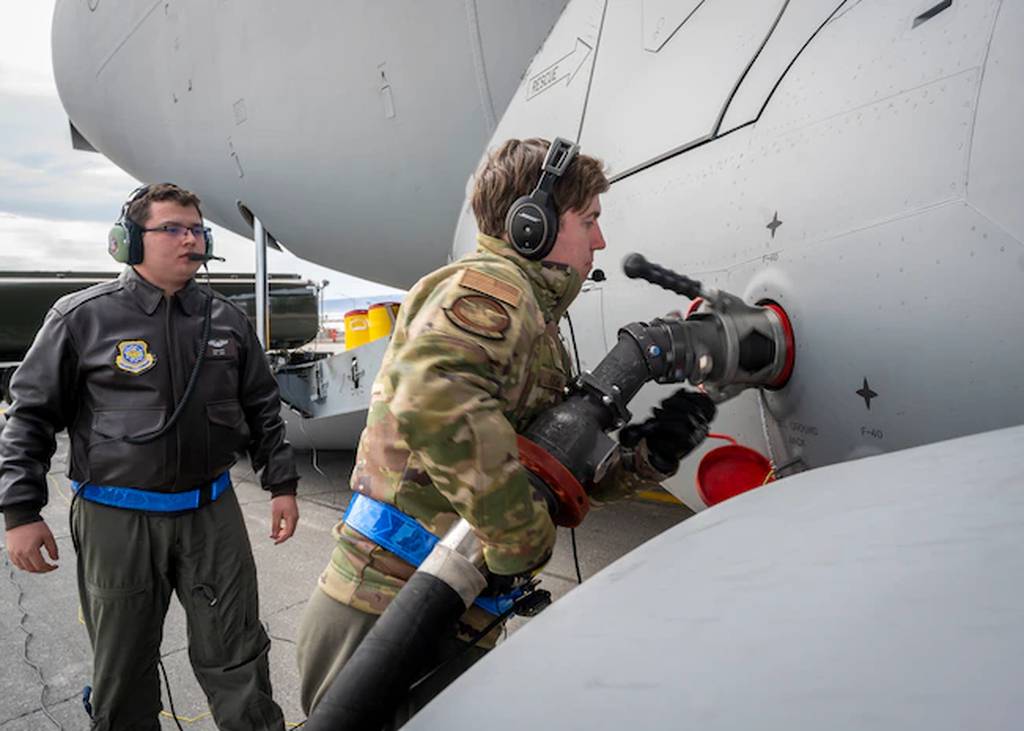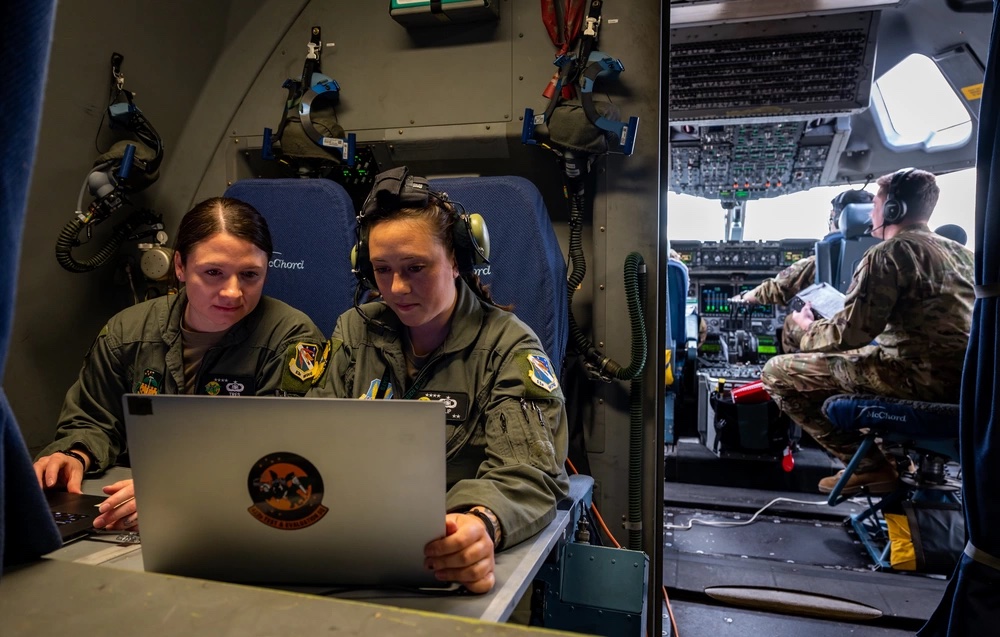silkmonkey
ACCESS: Restricted
- Joined
- 2 July 2009
- Messages
- 23
- Reaction score
- 2
Can the C-17 be used as a AWACS & air borne refuleing aircraft?
AeroFranz said:The Il-86 shares the same general configuration and is used in both roles. So probably yes. Remains to be seen if it would make sense in practice.
A tanker variant of the C-17 was indeed marketed,
frank said:You mean the Il-76, don't you?
AeroFranz said:The Il-86 shares the same general configuration and is used in both roles. So probably yes. Remains to be seen if it would make sense in practice.
IIRC, the "KC-17" would have mounted the refueling boom to the lower half of the aft cargo door. It's an interesting concept to think about at a time when the AF can't seem to get a new tanker without some allegations of wrongdoing or incompetence during the contract phase, and there's no money/political support for the added airlifters that the AF probably needs. Why not meet both requirements with the same aircraft?
While the C-17's STOL capabilities might seem wasted for the tanker mission, there might be some merit there. After all, one of Boeing's selling points for the KC-767 was its ability to fly from a larger number of airfields than the bigger KC-330. But the C-17 beats the pants of both planes in that regard. If the next war is anything like the ones from the previous 30 years, there will likely be be plenty of airfields to accomodate the biggest tanker that's seriously been proposed.
los rusos podrían haber utilizado il 86 como base para un awacs. Hice este en escala 1/144. Mis mejores deseos
(The Russians could have used the '86 as a base for an awacs. I made this one in 1/144 scale.)

Part of the problem was that KC-30 (USAF version had a lot of differences from the KC-330) had a higher ground-pressure when fully loaded (requiring stronger runways & taxiways).IIRC, the "KC-17" would have mounted the refueling boom to the lower half of the aft cargo door. It's an interesting concept to think about at a time when the AF can't seem to get a new tanker without some allegations of wrongdoing or incompetence during the contract phase, and there's no money/political support for the added airlifters that the AF probably needs. Why not meet both requirements with the same aircraft?
While the C-17's STOL capabilities might seem wasted for the tanker mission, there might be some merit there. After all, one of Boeing's selling points for the KC-767 was its ability to fly from a larger number of airfields than the bigger KC-330. But the C-17 beats the pants of both planes in that regard. If the next war is anything like the ones from the previous 30 years, there will likely be be plenty of airfields to accomodate the biggest tanker that's seriously been proposed.
This always baffled me, yes the KC-330 was a bigger plane but it had excellent airfield properties right across the spectrum and all feedback that I ever got was that it reality the KC-330 had a wider range of airfields available to it than the KC-767. The Pegasus seems to have been a master class in smoke and mirrors on a lot of fronts.

